Want to know **how to make a dartboard**? It’s a challenging but rewarding project! This article will guide you through the process, from gathering materials to constructing your own regulation-size dartboard, and provide tips on proper setup and maintenance.
⚠️ Still Using Pen & Paper (or a Chalkboard)?! ⚠️
Step into the future! The Dart Counter App handles all the scoring, suggests checkouts, and tracks your stats automatically. It's easier than you think!
Try the Smart Dart Counter App FREE!Ready for an upgrade? Click above!
Why Make Your Own Dartboard?
While you can easily purchase a dartboard, building one yourself offers several advantages. Firstly, it’s a cost-effective solution, especially if you have access to some of the necessary materials already. Secondly, it allows for customization. You can tailor the board to your specific preferences, perhaps using different materials or adjusting the color scheme. Finally, it’s a fun and engaging project that provides a sense of accomplishment. Beyond the satisfaction of creating something yourself, understanding **how to make a dartboard** gives you a greater appreciation for the game itself.
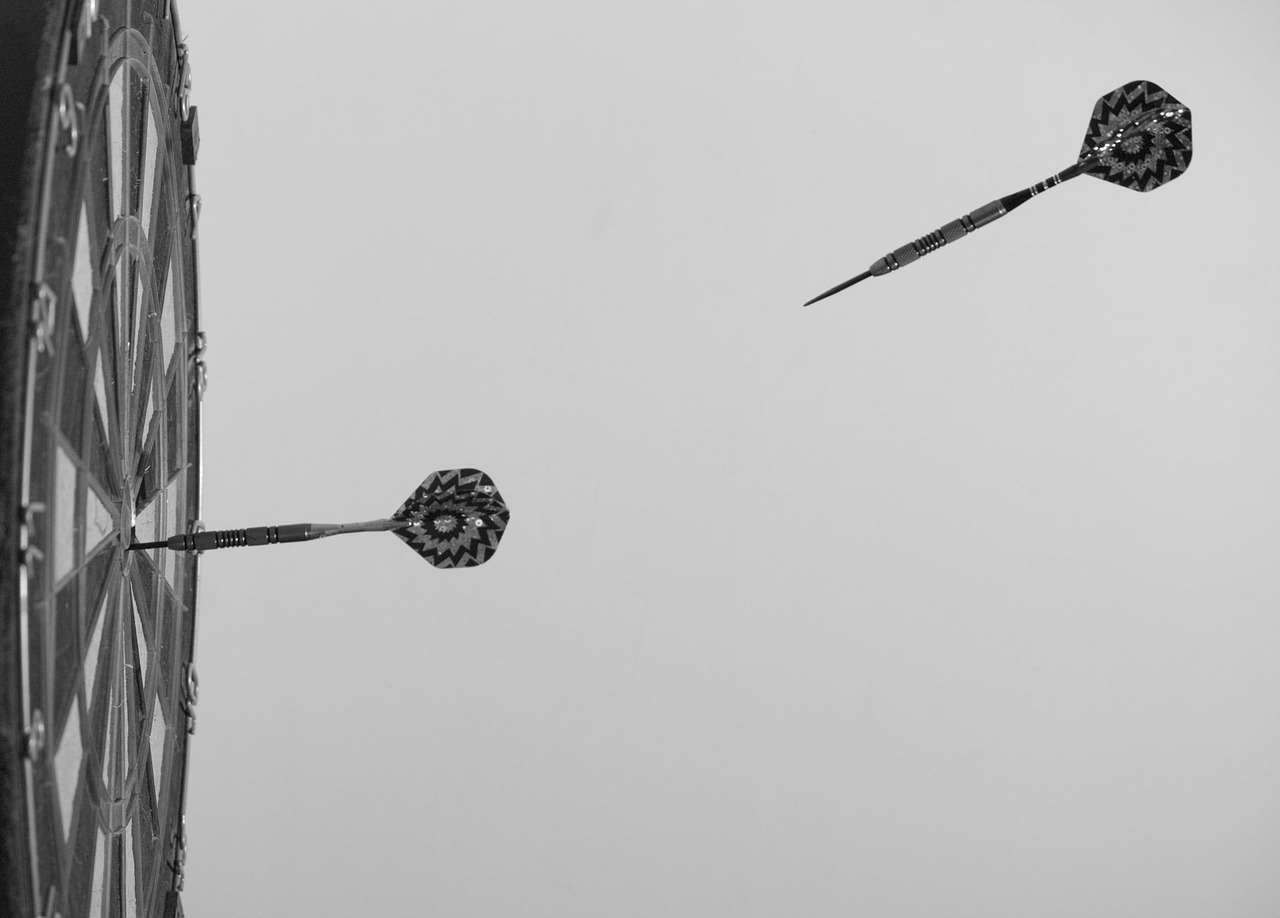
Materials and Tools You’ll Need
Before you begin, gather the following materials and tools. The specific materials may vary depending on your preferred construction method, but this list covers the basics:
- Sisal fibers: This is the standard material for professional dartboards. You’ll need a substantial quantity.
- Backing board: A sturdy piece of wood (plywood or similar) to provide a base for the sisal.
- Steel wire: For the spider (the wire framework that divides the scoring segments).
- Metal band: To secure the sisal around the perimeter of the board.
- Paint: Black, white, green, and red paint for the scoring segments.
- Numbers: Either pre-made numbers or materials to create your own.
- Adhesive: Strong glue or epoxy to bind the sisal fibers.
You will also need the following tools:
- Measuring tape: For accurate measurements.
- Compass: To draw perfect circles.
- Saw: To cut the backing board.
- Hammer: To secure the metal band.
- Pliers: To work with the steel wire.
- Paintbrushes: For painting the scoring segments.
- Clamps: To hold the sisal in place while the adhesive dries.
- Safety glasses: To protect your eyes.
- Gloves: To protect your hands.
Step-by-Step Guide: How to Make a Dartboard
Now, let’s get into the process of **how to make a dartboard**. Follow these steps carefully for the best results:
1. Prepare the Backing Board
Cut the backing board to the correct size. A standard dartboard has a diameter of 17 ¾ inches (451 mm). Use a compass to draw a circle of this diameter on the board, and then carefully cut it out using a saw. Ensure the edges are smooth and free of splinters.
2. Prepare the Sisal Fibers
This is the most time-consuming part. You need to compress the sisal fibers tightly together. The ideal method involves using a specialized press. If you don’t have access to one, you can create a makeshift press using clamps and heavy objects. The key is to ensure the sisal is compressed evenly to create a dense, uniform surface.
3. Bind the Sisal
Apply a strong adhesive to the backing board. Gradually place the compressed sisal fibers onto the board, ensuring they are tightly packed together. Use clamps to hold the sisal in place while the adhesive dries completely. This may take several hours or even overnight. The thickness of the sisal should be around 1 ½ inches (38 mm).
4. Secure the Metal Band
Once the adhesive is dry, carefully place the metal band around the perimeter of the sisal. Use a hammer to gently tap the band into place, securing the sisal fibers. The band should fit snugly and prevent the sisal from unraveling.
5. Create the Spider
The spider is the wire framework that divides the scoring segments. This requires precision and patience. Using pliers, carefully bend the steel wire to create the segments. The standard dartboard has 20 segments, so you need to create 20 equal sections. Secure the wire to the board using small nails or staples.
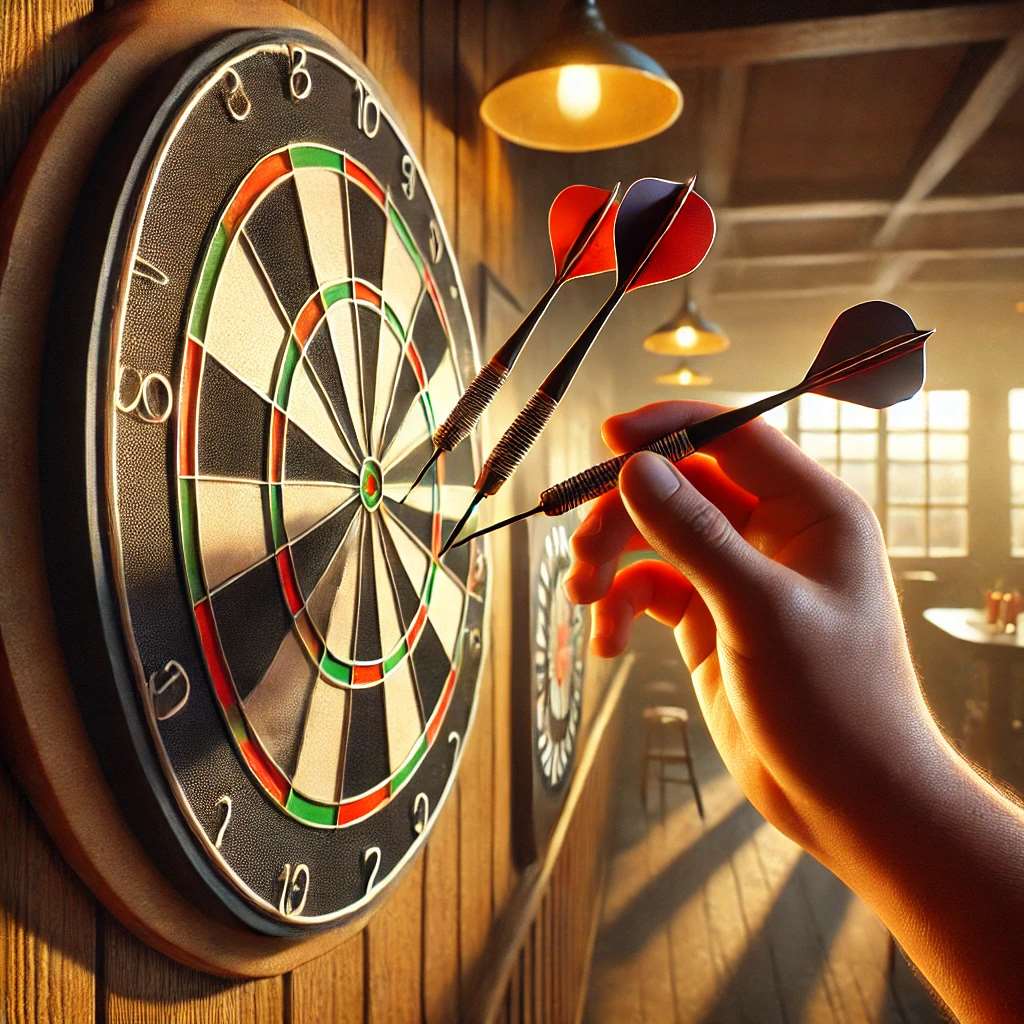
6. Paint the Scoring Segments
Now it’s time to paint the scoring segments. Use stencils or masking tape to create clean lines. Paint the appropriate segments black, white, green, and red, following the standard dartboard color scheme. Allow the paint to dry completely before moving on to the next step. Getting this right is important to the playability of your dartboard.
7. Attach the Numbers
Attach the numbers to the corresponding segments. You can use pre-made numbers or create your own using paint or stencils. Ensure the numbers are securely attached and clearly visible. A dartboard light ring helps with visibility.
Alternative Method: Using Cork
If you find working with sisal fibers too challenging, you can use cork as an alternative material. While cork dartboards are not as durable as sisal boards, they are easier to construct. The process is similar, but instead of compressing sisal, you glue layers of cork together. The scoring segments and spider are then added as described above.
Important Considerations for Durability
The lifespan of your homemade dartboard depends heavily on the quality of materials and the care taken during construction. Using high-quality sisal and a strong adhesive is crucial. Proper compression of the sisal fibers is also essential for preventing premature wear and tear. Regular rotation of the dartboard will help to distribute wear evenly and extend its lifespan. You might even consider checking darts ebay to see what professional boards are currently trending to get inspiration.
Dartboard Setup and Maintenance
Once your dartboard is complete, proper setup and maintenance are essential for optimal performance and longevity.
Mounting the Dartboard
Mount the dartboard at the correct height. The center of the bullseye should be 5 feet 8 inches (1.73 meters) from the floor. Ensure the board is securely mounted to a wall or other stable surface. Use a level to ensure the board is perfectly vertical.
Dartboard Surround
Consider using a dartboard surround to protect the wall around the board from stray darts. Surrounds are typically made of foam or rubber and are available in various sizes and colors. This is especially important if you are learning darts triple in strategies and misfires are common.
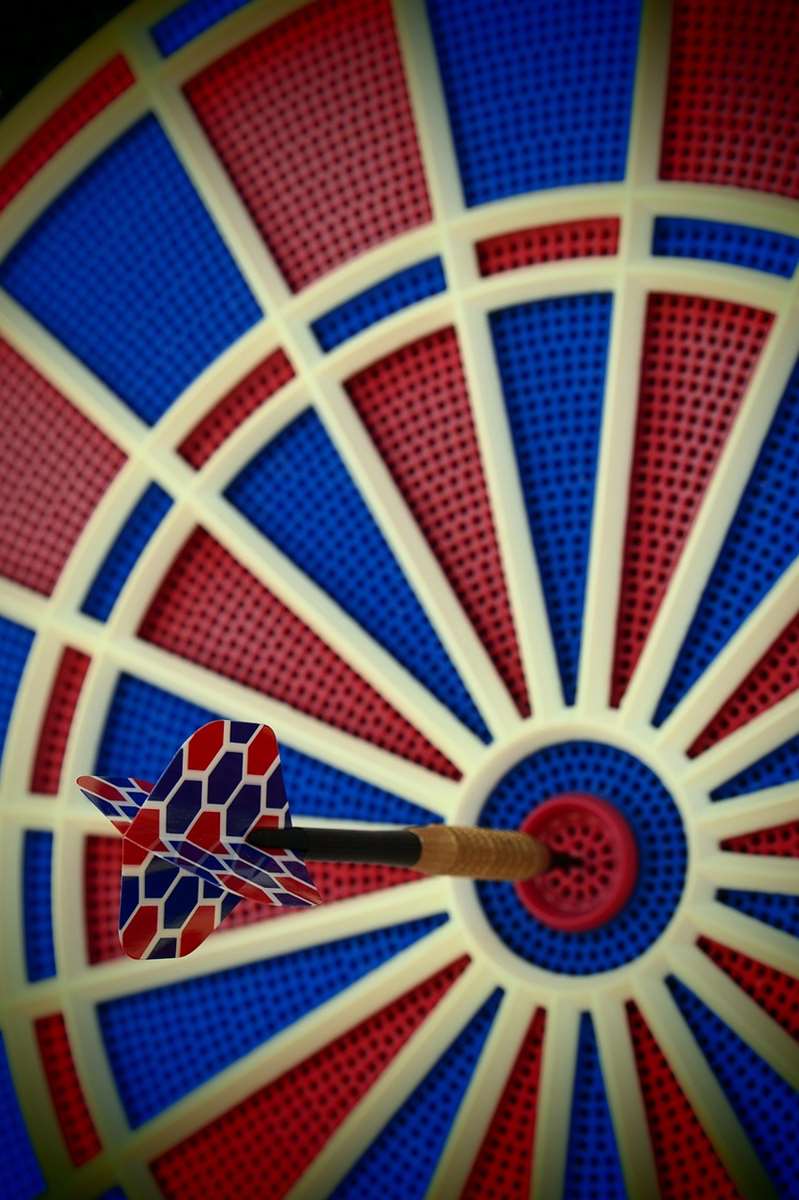
Dartboard Rotation
Regularly rotate the dartboard to distribute wear evenly. This will prevent certain sections of the board from becoming overly worn and extend its lifespan. A simple rotation of a few segments each week can make a significant difference. Also, think about using a darts oche with finishes guide when you are setting up your new dartboard playing area.
Cleaning the Dartboard
Occasionally clean the dartboard with a soft brush to remove dust and debris. Avoid using water or harsh chemicals, as these can damage the sisal fibers. Regular cleaning will help to maintain the board’s appearance and performance.
Tips for Improving Your Dart Game
Now that you have your own homemade dartboard, here are a few tips to help you improve your dart game:
- Practice regularly: Consistent practice is the key to improving your accuracy and consistency.
- Develop a consistent throwing technique: Find a throwing style that works for you and stick to it.
- Focus on your target: Aim carefully and visualize your dart hitting the target.
- Maintain a steady stance: Keep your body still and balanced while throwing.
- Experiment with different darts and flights: Find the equipment that best suits your throwing style. You may even consider dart flights rebel styles!
Additionally, a great way to keep track of scores and improve your game is by using a Mobile dart scorer. There are many options available but a good one can greatly improve your game
Troubleshooting Common Problems
Even with careful construction and maintenance, you may encounter some common problems with your homemade dartboard.
Darts Falling Out
If darts are frequently falling out of the board, it could be due to several factors. The sisal fibers may not be compressed tightly enough, or the adhesive may not be strong enough. Try using a stronger adhesive or recompressing the sisal fibers. Also, make sure you are using darts with sharp points.
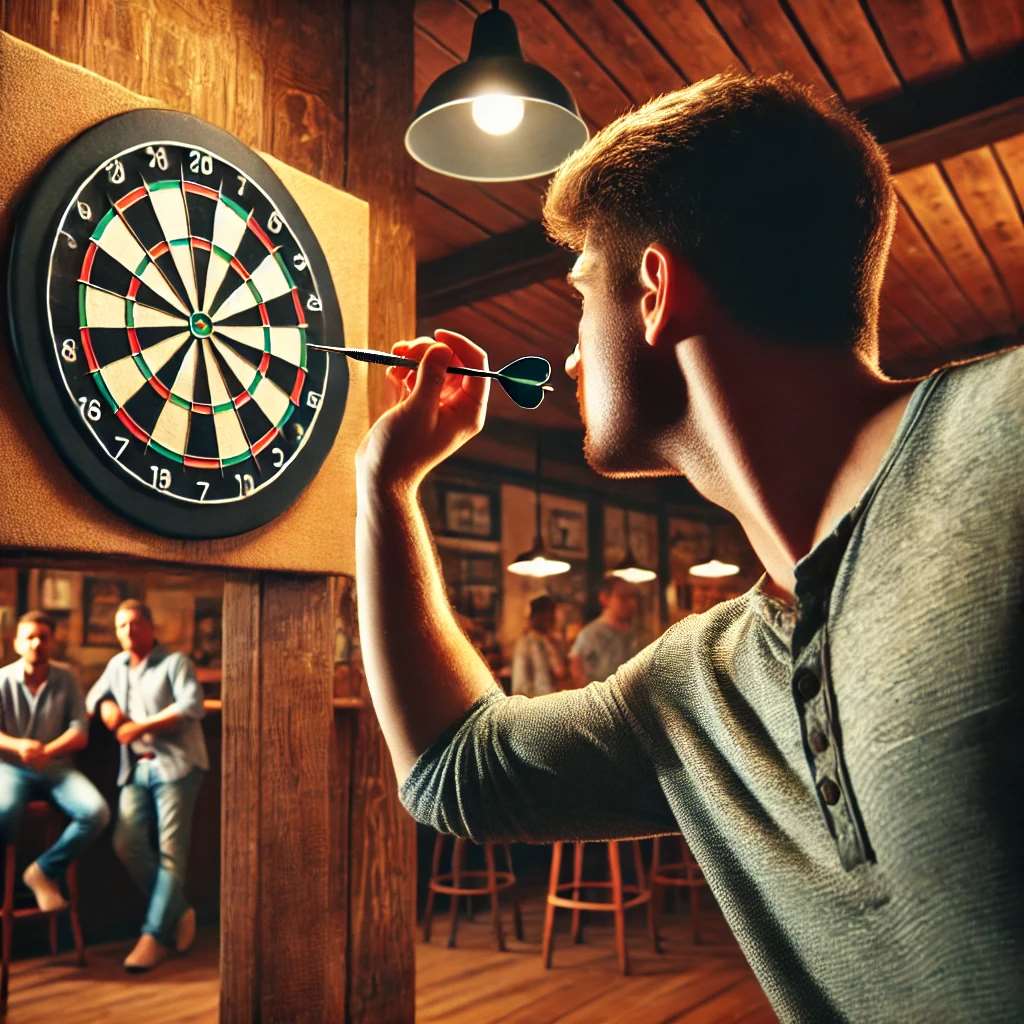
Worn-Out Sections
If certain sections of the board are becoming excessively worn, rotate the board more frequently. You may also need to replace the worn-out sections with new sisal fibers. In extreme cases, it may be necessary to replace the entire board.
Spider Coming Loose
If the spider is coming loose, reattach it using small nails or staples. Ensure the wire is securely fastened to the board. You may also need to replace the wire if it is damaged or bent.
Adding Custom Touches
One of the great things about making your own dartboard is the ability to add custom touches. Consider these ideas:
- Custom paint schemes: Experiment with different color combinations to create a unique look.
- Personalized numbers: Use your favorite font or design to create personalized numbers.
- Engraved backing board: Engrave your name or a favorite quote onto the backing board.
These customizations can make your dartboard truly one-of-a-kind.
Safety Precautions
When playing darts, it’s important to take certain safety precautions to prevent accidents and injuries.
- Ensure adequate lighting: Make sure the dartboard is well-lit to improve visibility and accuracy.
- Keep bystanders at a safe distance: Ensure that no one is standing near the dartboard while you are throwing.
- Use a dartboard surround: A surround will protect the wall from stray darts and prevent injuries.
- Never throw darts when someone is in front of the board: Always wait until the area is clear before throwing.
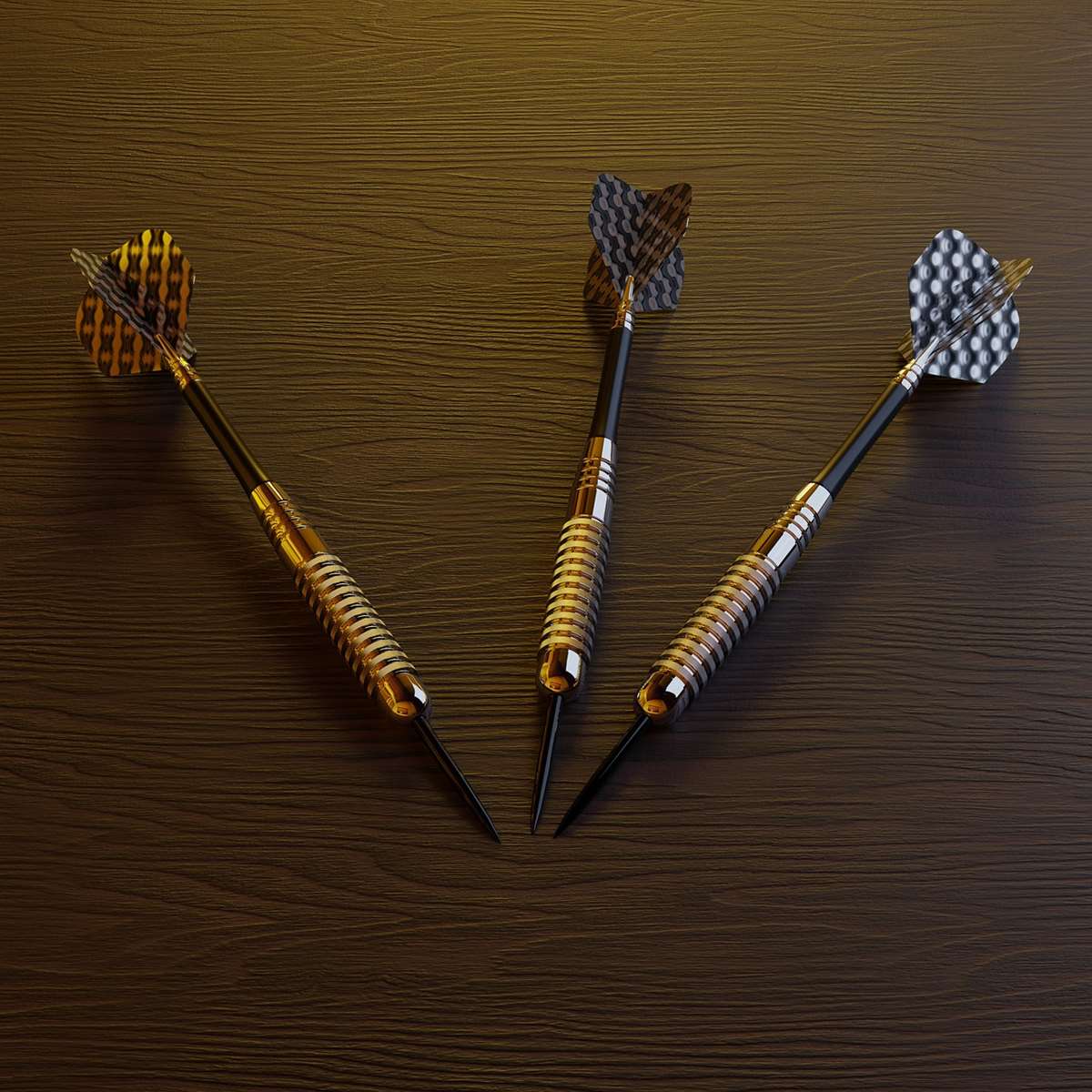
Conclusion
Building your own dartboard is a challenging but ultimately rewarding project. By following these steps and taking the necessary precautions, you can create a high-quality dartboard that will provide years of enjoyment. Remember to focus on using quality materials, precise construction, and consistent maintenance. Now that you know **how to make a dartboard**, why not give it a try? Gather your materials, roll up your sleeves, and get ready to create your own custom dartboard. Good luck, and happy throwing!
Hi, I’m Dieter, and I created Dartcounter (Dartcounterapp.com). My motivation wasn’t being a darts expert – quite the opposite! When I first started playing, I loved the game but found keeping accurate scores and tracking stats difficult and distracting.
I figured I couldn’t be the only one struggling with this. So, I decided to build a solution: an easy-to-use application that everyone, no matter their experience level, could use to manage scoring effortlessly.
My goal for Dartcounter was simple: let the app handle the numbers – the scoring, the averages, the stats, even checkout suggestions – so players could focus purely on their throw and enjoying the game. It began as a way to solve my own beginner’s problem, and I’m thrilled it has grown into a helpful tool for the wider darts community.